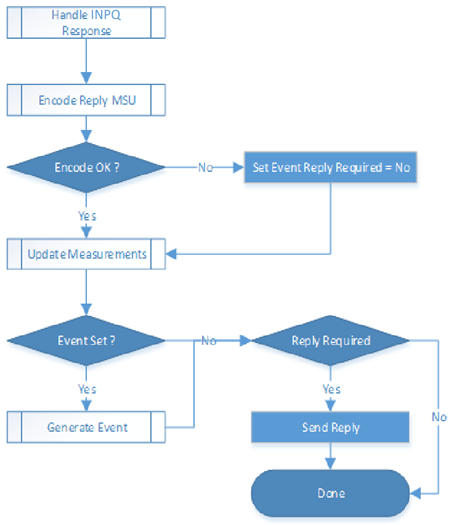INPQ Message Handling
INPQ performs these actions based on the message received.
- If the incoming INPQ query message requested MNP information, INPQ NP sends the INPQ Ack message to the MSC with the routing number and number portability status information in the MAP portion of the message.
- If the incoming INPQ query message requested location information, INPQ NP sends the INPQ Ack message to the MSC with the location information of the VLR.
This procedure describes how INPQ NP handles a message.
Figure 2-16 INPQ Function Flow Chart - Sheet 1 of 3

Figure 2-17 INPQ Function Flow Chart - Sheet 2 of 3

Figure 2-18 INPQ Function Flow Chart - Sheet 3 of 3
